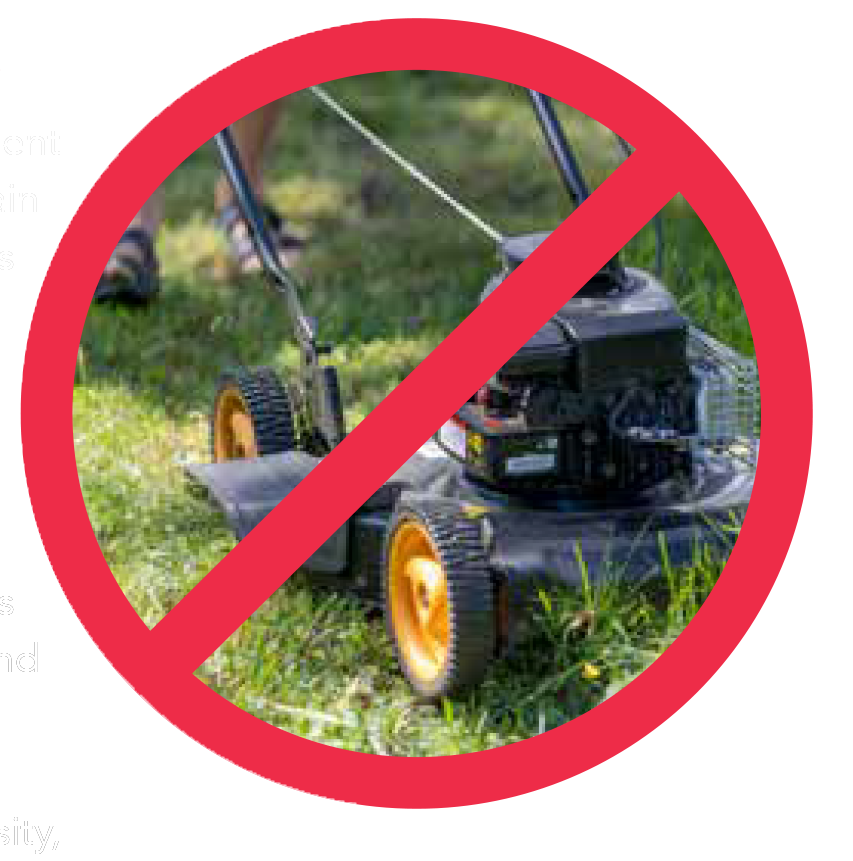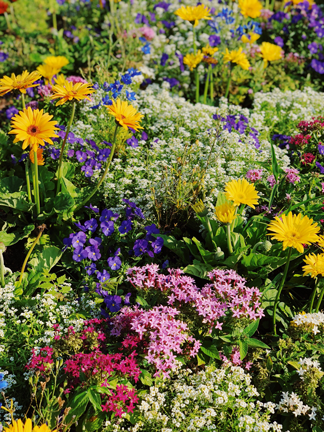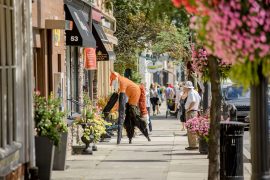If the warmer spring weather has you itching to get your trowel into the garden, you aren’t alone. Beautifying our outdoor spaces is a rite of spring passage. While it may seem like there’s nothing more natural than digging around in the dirt in the springtime, creating a sustainable garden goes further by considering factors such as resource conservation (using water, soil and energy efficiently), biodiversity, natural pest control and minimizing the use of disposable products.
Sustainable gardening focuses on creating and maintaining a garden that minimizes negative environmental impacts and promotes long-term ecological balance.
“In nature, a landscape would sustain its existence by adapting to the available resources and the climatic conditions it is exposed to,” says Thomas Classen, Propagation Manager of Hortico Nurseries in Waterdown. For a garden to be considered sustainable, it would not rely on constant human intervention to flourish.

HOW TO GROW A SUSTAINABLE GARDEN
Plant Native Species
Native plant species have evolved with local pollinators and have genetically adapted to local growing conditions. They’re often easy to care for. Compared to non-native species they require less watering and are more resilient, relying less on humans to protect them and help them thrive. Native plants are better able to endure the stress factors of climate.
Since sourcing native plants can be difficult, especially for inexperienced gardeners, Oakvillegreen holds a Native Plant Sale every year. They offer a selection of native trees and shrubs and ready-to-plant pollinator kits for sunny and shady gardens.
“Since 2015, our sale has added thousands of native trees, shrubs and plants to Oakville gardens,” says Anelia Tichkova, Programs Manager, Oakvillegreen Conservation Association. This year, the sale includes a Monarch Kit featuring plants supporting the endangered Monarch Butterfly species.
Some of the species that are native to Halton region include:
White Oak, an adaptable tree with deep roots and a purple-red leaf.
Northern Spicebush, a bright, cheerful and fast-growing shrub for shady areas that features dense clusters of tiny, pale yellow flowers loved by swallowtail butterflies.
Black Elderberry, a shrub with large, creamy-white flowers that produce dark purple berries loved by birds.

Grow Pollinator-Friendly Plants
A sustainable garden attracts and provides food and habitats for various pollinators like bees, butterflies, and birds. “Planting a pollinator garden not only beautifies yards and urban parks, it also fights climate change and increases biodiversity,” says Tichkova.
Pollinator-friendly plants often require fewer pesticides and fertilizers, promoting a more environmentally friendly gardening approach. Consider planting Black Eyed Susan, bee balm, butterfly milkweed, foxglove beardtongue, spotted bee balm, and pale purple coneflower.

Delay Spring Cleanup
Fallen leaves and other so-called garden “waste” serve an important function, lowering the soil’s temperature, retaining moisture and providing shelter for native pollinators and insects. “Many conventional gardens are kept ‘tidy’,” says Classen, referring to the practice of removing debris as soon as temperatures hover in the double digits. “Ironically we then often replace this protective layer of leaf litter and other debris with store bought manufactured mulches.”
Participate in “No-Mow May”
The No Mow May movement encourages people to refrain from mowing lawns at this critical time for hungry bees emerging from hibernation. Nature doesn’t offer them much food in May, so instead of cutting your grass, allow it to grow longer and let the flowers bloom to provide nectar and pollen.
Besides hindering biodiversity, mowing contributes to air and noise pollution and greenhouse gas emissions from lawn mowers and gas powered machinery such as leaf blowers. Delaying mowing until June can help decrease these environmental impacts and really make a difference.






